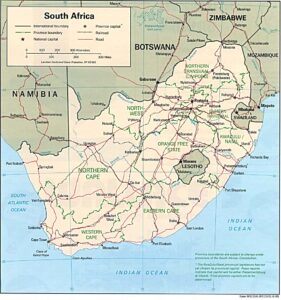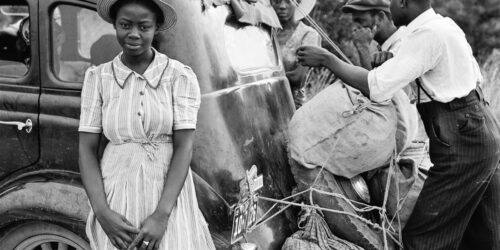Indexing, Handwriting, and Google
Over the past few months I have been indexing FamilySearch death records from South Africa. It has been an interesting experience, and I have gained a new appreciation for the culture and people of that country. Indexing gives you a brief glimpse into the lives of people whom you otherwise never would have known.
has been an interesting experience, and I have gained a new appreciation for the culture and people of that country. Indexing gives you a brief glimpse into the lives of people whom you otherwise never would have known.
One of the educational benefits of indexing South African records is learning a bit of Afrikaans, the native language for most of the country. FamilySearch has a brief list of Afrikaans (and Dutch) words, numbers, and dates you can access from the indexing screen to make transcriptions easier.
The death records in these batches are mostly from the late 1950’s to the early 1960’s. A somber aspect of indexing these records is seeing the number of preventable deaths that occurred (at least preventable by our standards), such as malnutrition and early childhood diseases. It made me grateful for the advances we have made in medicine, and hopeful that we can find another advancement to find a vaccine to control the current pandemic.
Handwriting and Google
A familiar challenge for most indexers is to correctly interpret the handwriting in original records. I think there is some truth to the old notion about doctors’ handwriting being hard to read. Many of the death records were filled out by medical staff, and there are certainly some tough ones to decipher. The FamilySearch web indexing tool has some built-in tips for handwriting in the Help screens, but sometimes a different approach is needed.
That’s where Google comes in handy, especially for place names written in cursive. I found that when I did my best to figure out a place name on the screen, and then typed that into Google, the results were very often the place with the correct spelling. In addition to improving accuracy for the current record, this also had other benefits:
- Other records that refer to the places can be transcribed uniformly.
- You can study the differences between your guesses and the correct spellings, to better understand handwriting styles and letter placement.
- It’s interesting to learn about the places involved. You can see them in Google Maps and get descriptions for their geography and history as well. Some of the rural places I indexed in South Africa have turned into resorts and spas since the 1950’s, and others have remained largely unchanged.
Is Google foolproof? No, but it’s very good. Using your best judgment and studying Google results can be a tremendous help for understanding place names. Does this approach work for personal names? I would be careful: personal names have many variations, so the results you get may not match the record. Still, you might find some handwriting clues to help you decipher letters.
Indexing and The Family History Guide
If you’re new to indexing or would like to improve your skills, check out FamilySearch Project 5 in The Family History Guide. You’ll find Goals on getting started, managing batches, solving handwriting challenges, etc. You can also find some great resources for doing South African research in the South Africa country page, or by using the Countries menu to select the location you want.
Happy indexing, wherever in the world the records take you!





